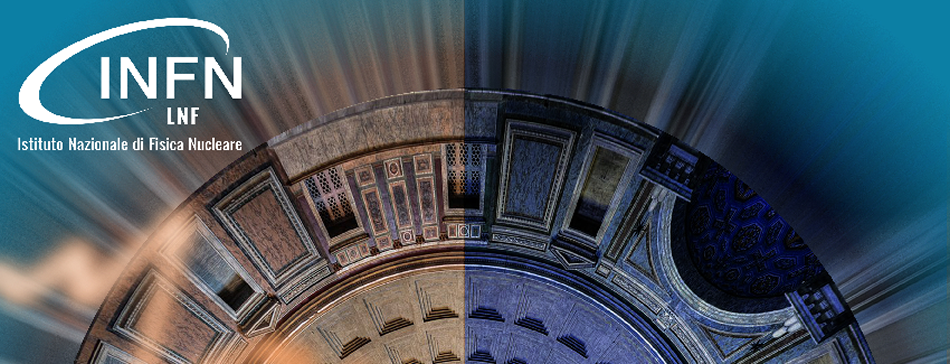Speakers
Description
The Large Hadron Collider (LHC) will soon deliver much more radiation after LS4. The level of radiation has already pushed the current CO2 cooling unit to its limit, represented by the triple point (≈ -56°C). To sustain the harsh requirements imposed in terms of radiation, temperature levels and mass minimization the sensors should be maintained at a temperature sufficiently low to prevent the thermal runaway while at the same time the heat load generated inside in the readout electronics and sensor must be removed. The refrigerant Krypton stands out as the most promising coolant thanks to the best thermal performance with the smaller cooling pipes inside the detector and to the highest resistance to radiation, being a noble gas. As side-effect to reach temperature levels unattainable by CO2, higher radiation length is expected due to the larger atomic number and lower liquid-vapor density ratio. Besides investigating the work done so far on thermal management design aimed to reduce the temperature difference sensor – coolant it is crucial to ensure a stable and controlled cooling rate without shocking the detector.
Krypton being a high-working pressure fluid is able to remove efficiently the heat generated inside the detector via the use of small tubes, with less impact in terms of space compared to others low-temperature working fluids. The same silicon sensor technology currently used with two-phase CO2 flowing in titanium tubes located close to the heat source (electronics & sensors) will be adopted. A much lower critical and NBP temperatures compared to CO2 require a completely new cooling cycle. In fact, the vapor phase at room temperature imposes a gentle supercritical cool-down process to avoid the shock of the detector. A special cycle technology is also needed to work either in sub or supercritical state, covering a very large temperature range. A specific control logic must be implemented to cool down gently the detector while maintaining an acceptable temperature gradient along the detector. Different components are activated according to the operating conditions in terms of working envelope (either sub or supercritical), as well as according to the temperature levels.
